If you own a 30 amp RV and live in an older home, you may have already run into this problem: how do you power your RV when there’s no RV power pedestal nearby?
Modern homes with garages wired for electric vehicles sometimes have a NEMA 14-50 outlet, which makes things simple. But in many older homes, you’ll find different outlets, most commonly the NEMA 10-30 dryer outlet or the NEMA 10-50 range outlet. The good news? With the right adapter, these can be safe and reliable power sources for your RV.
Why household outlets aren’t always enough
Standard 15A or 20A household outlets are fine for small appliances and charging your phone, but they struggle to power RV air conditioning units, refrigerators, and other energy-hungry devices. In most cases, a household outlet can run only one major appliance at a time. That means if you’re relying solely on one to keep your RV cool in summer, you’ll be disappointed.
The overlooked outlets: dryer and range connections
If you have an older home, you might find:
-
NEMA 10-30 - common for older electric dryers
-
NEMA 10-50 - often used for older kitchen ranges or large workshop equipment
These outlets can supply the amperage your RV needs. The key is to use the right adapter such as the AC WORKS® RV1030TT for NEMA 10-30 or RV1050TT for NEMA 10-50.
But aren’t these outlets 240 volts?
Yes, they are wired for 240 volts but that’s exactly why it’s important to use the right adapter. Our AC WORKS® adapters are wired to draw from only one hot leg, reducing the voltage to 120V exactly what your 30 amp RV requires. This wiring method ensures no possibility of 240 volts passing through to your RV.
Don’t skip grounding
When using these adapters, you’ll also see a separate grounding wire. This is essential for safety. You can:
-
Plug the ground wire into a nearby household outlet’s ground slot
-
Use an extension cord to reach an outlet if one isn’t nearby
-
Follow our included instructions for alternative grounding methods
And remember, the ground wire does not carry electrical current; it’s there purely for safety.
Why this solution works for many RV owners
-
Lets you run your RV’s air conditioner and other appliances at home
-
Works with outlets already in your older home
-
Saves you from installing costly new RV-specific circuits
-
Keeps your RV safe with proper voltage and grounding
Final thoughts
If you’ve been frustrated with the limitations of powering your RV at home, take a closer look at the outlets you already have. With the right AC WORKS® adapter, your older home’s dryer or range outlet could be the perfect solution for keeping your RV comfortable and functional even without a dedicated pedestal.
Helpful Links:
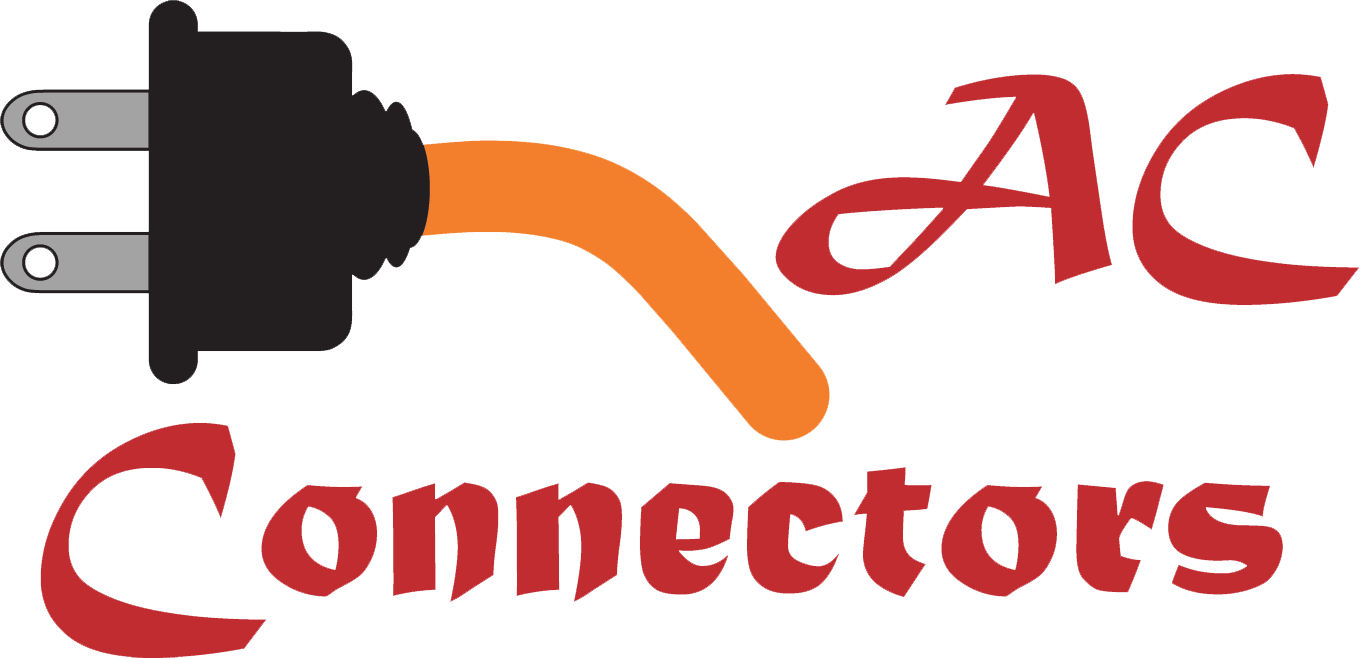

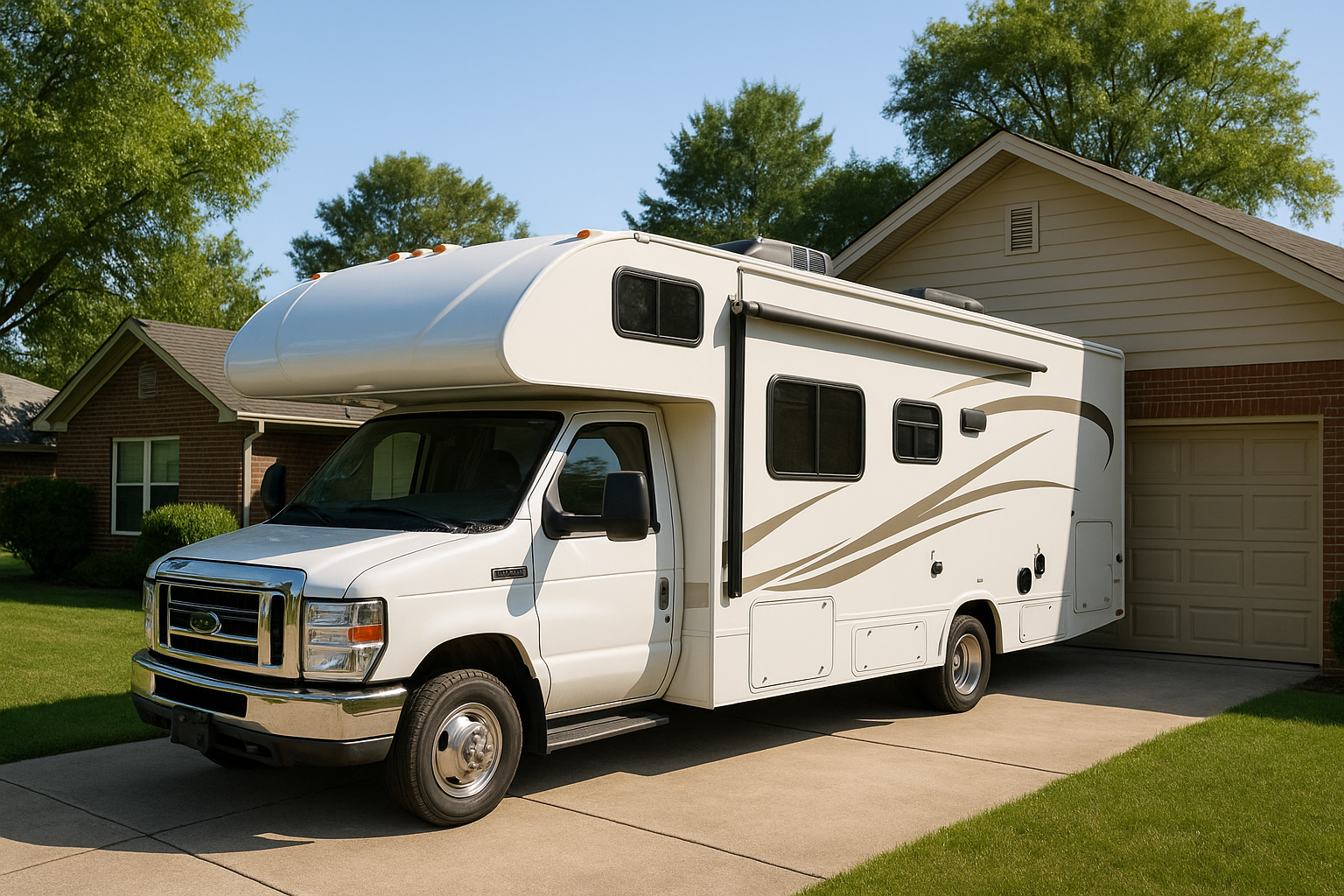
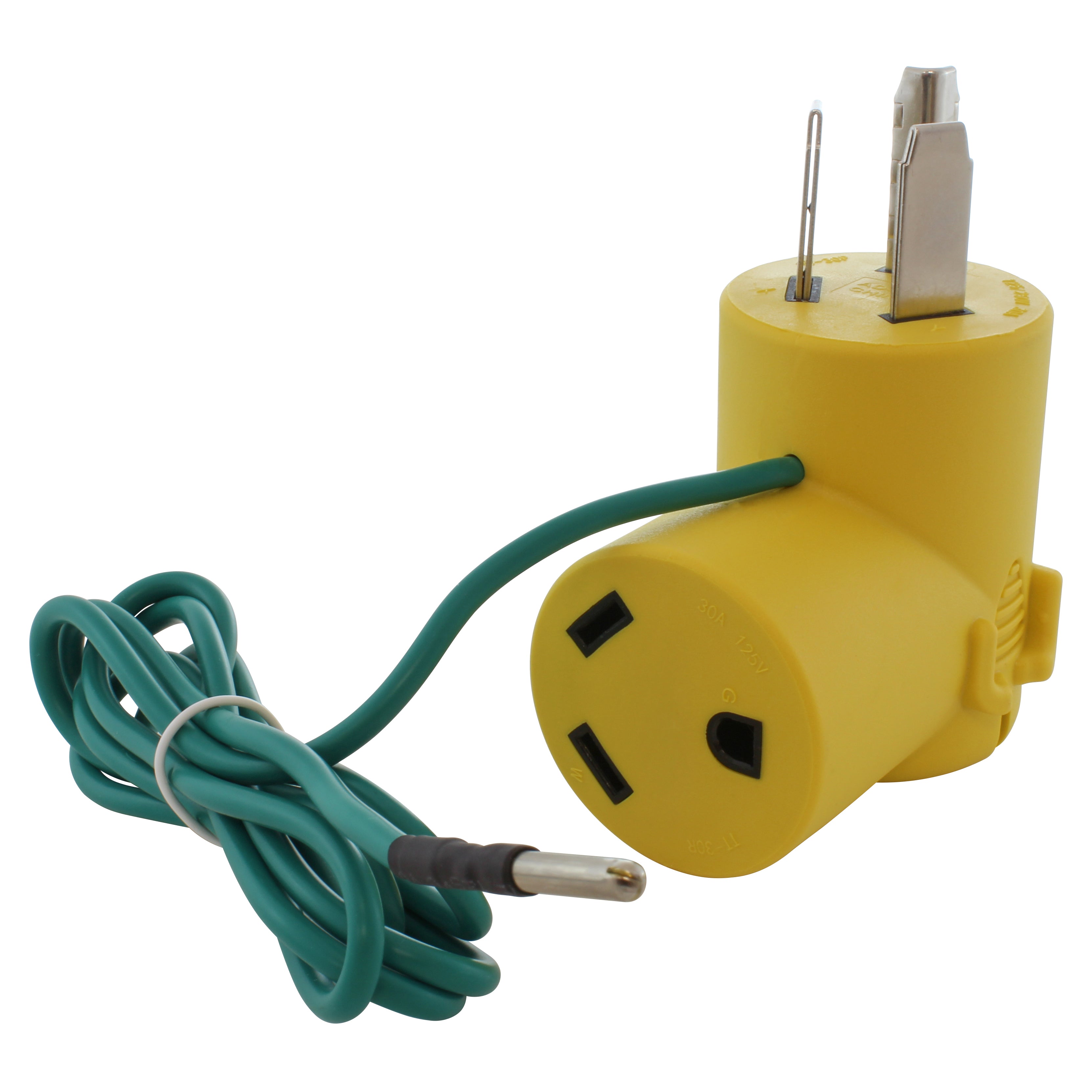
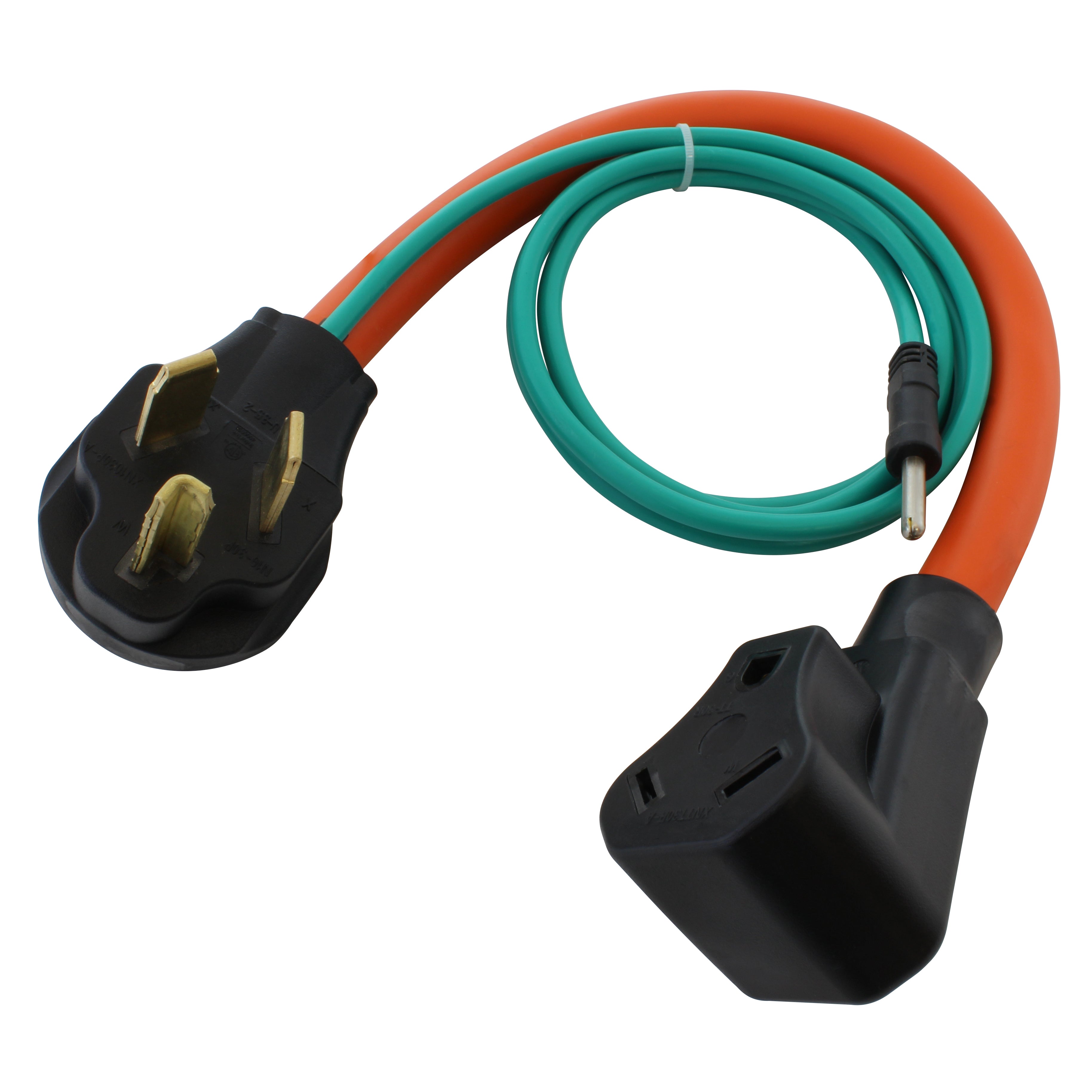
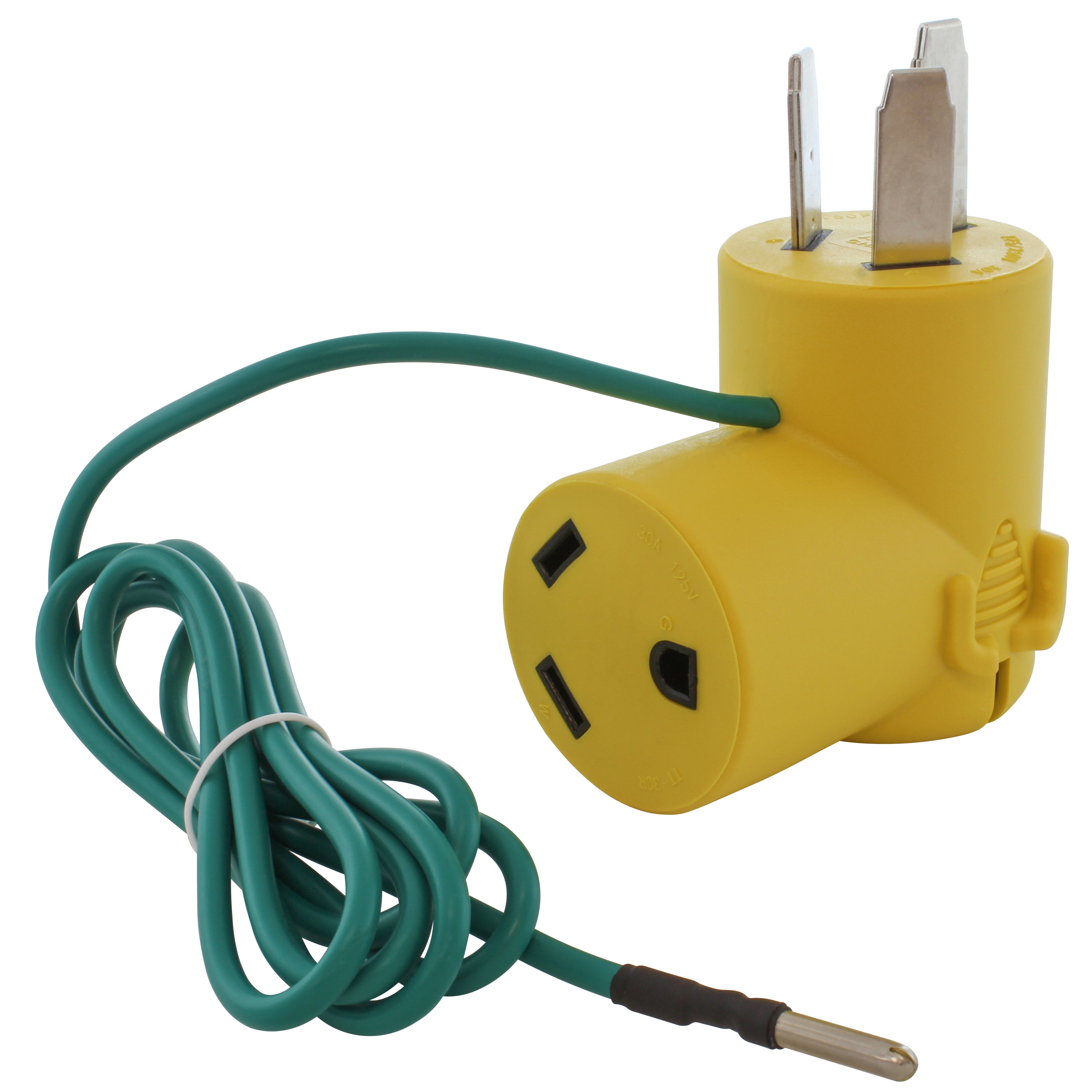
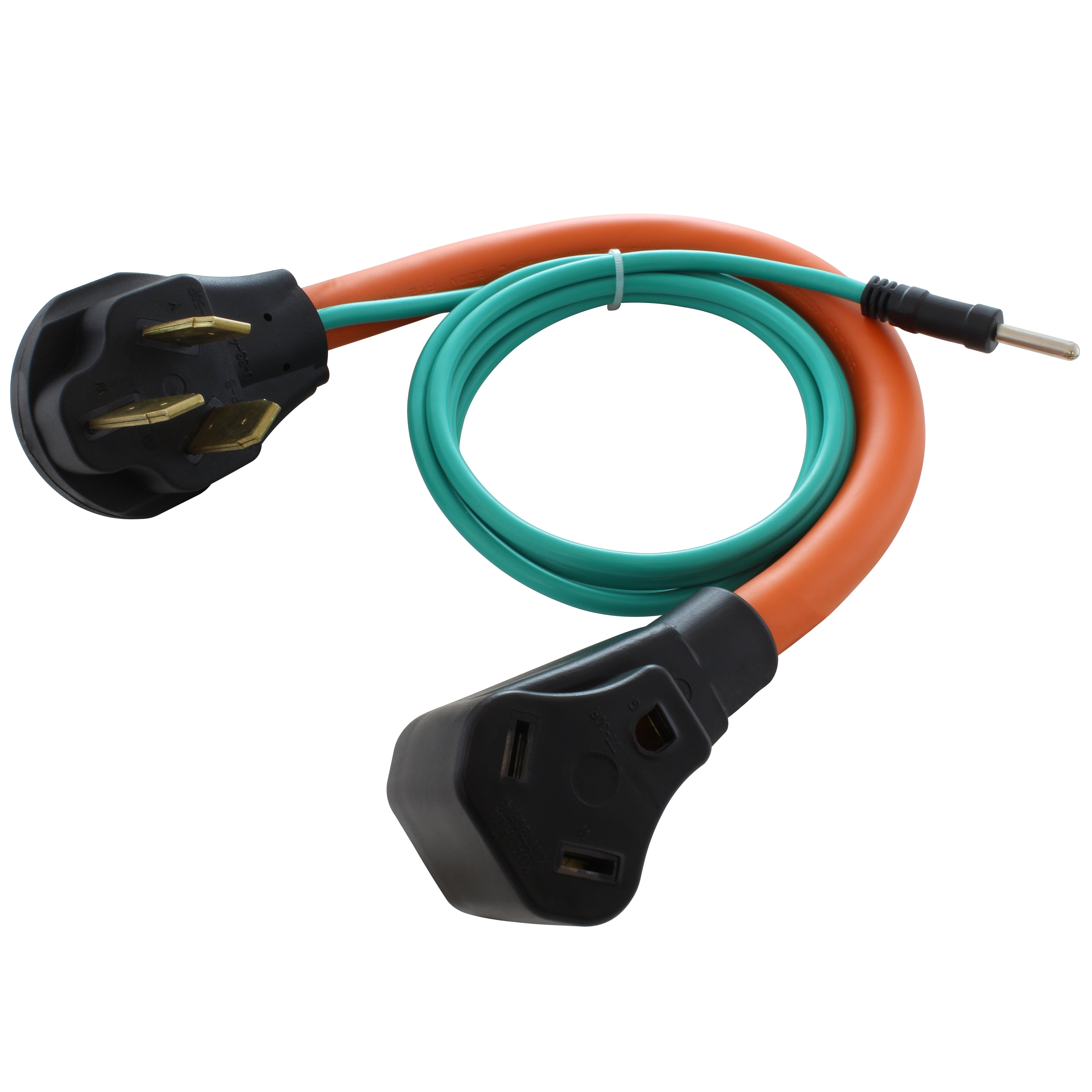
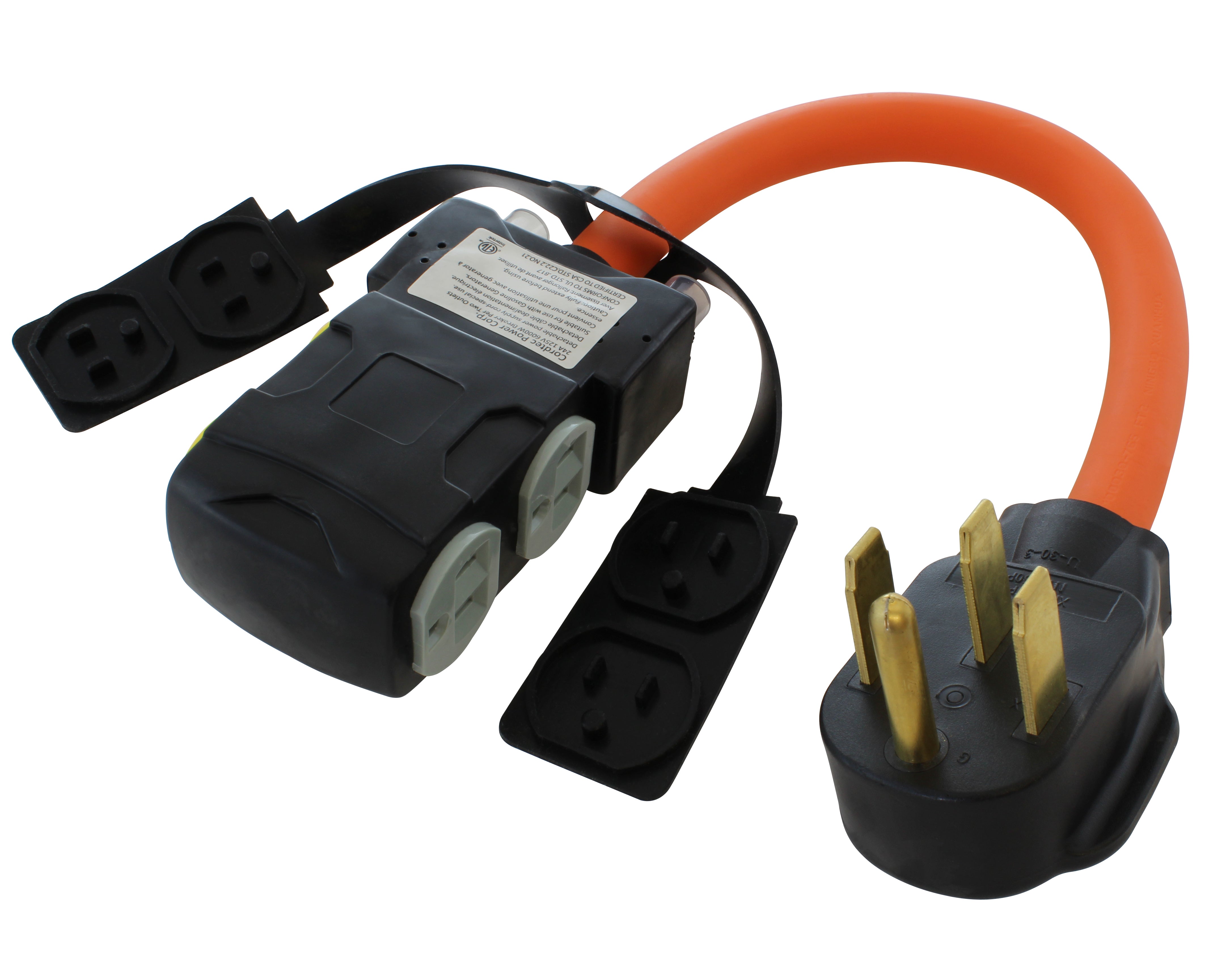
![AC WORKS® [ASINSS2PBX-G] 50A Locking 4-Wire CS6375/ SS2-50 Heavy-Duty Transfer Switch Inlet Box](http://acworks.com/cdn/shop/files/ASINSS2PBX-0_0206b362-7c90-42a5-8754-0685c13dab7e.jpg?v=1758051675&width=2500)
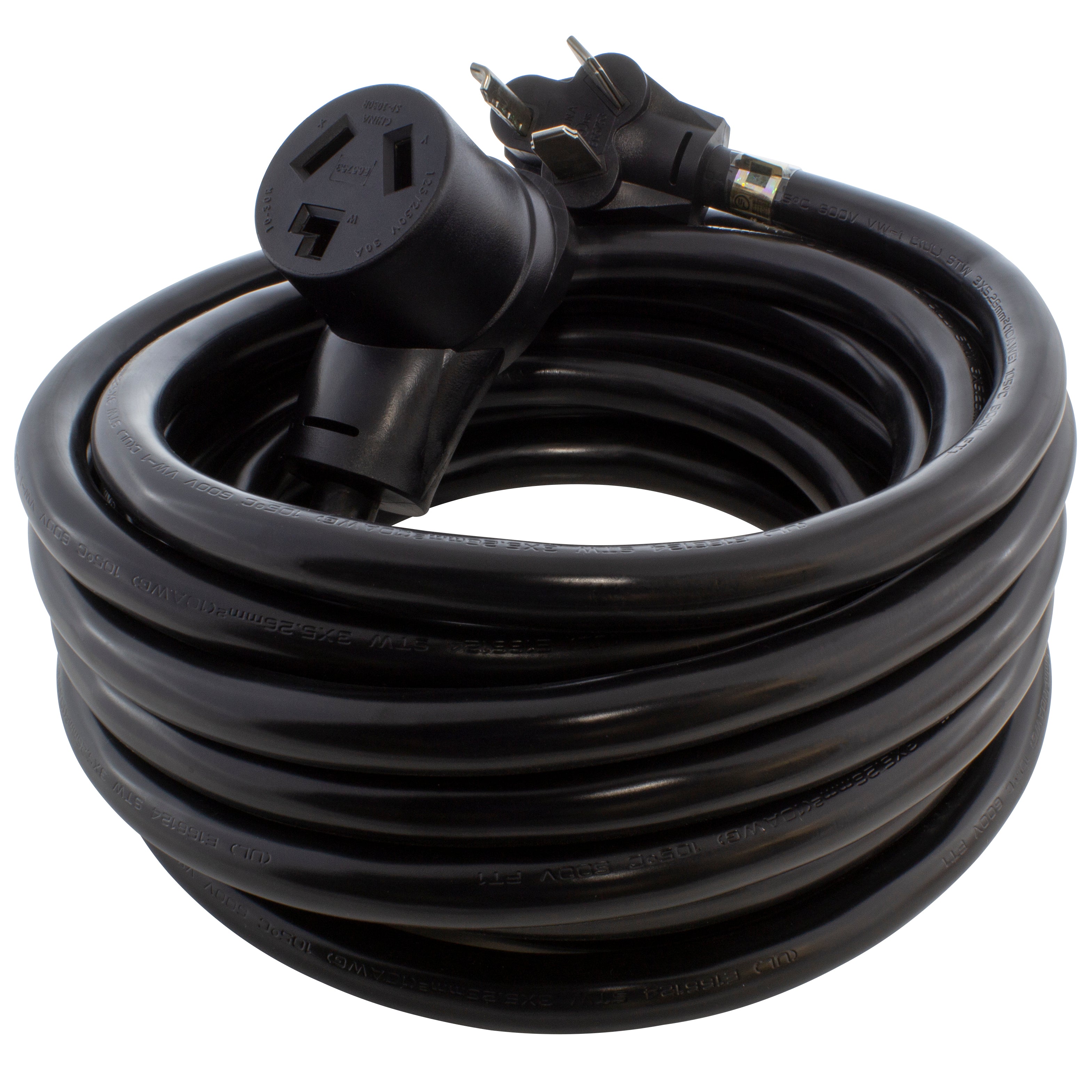
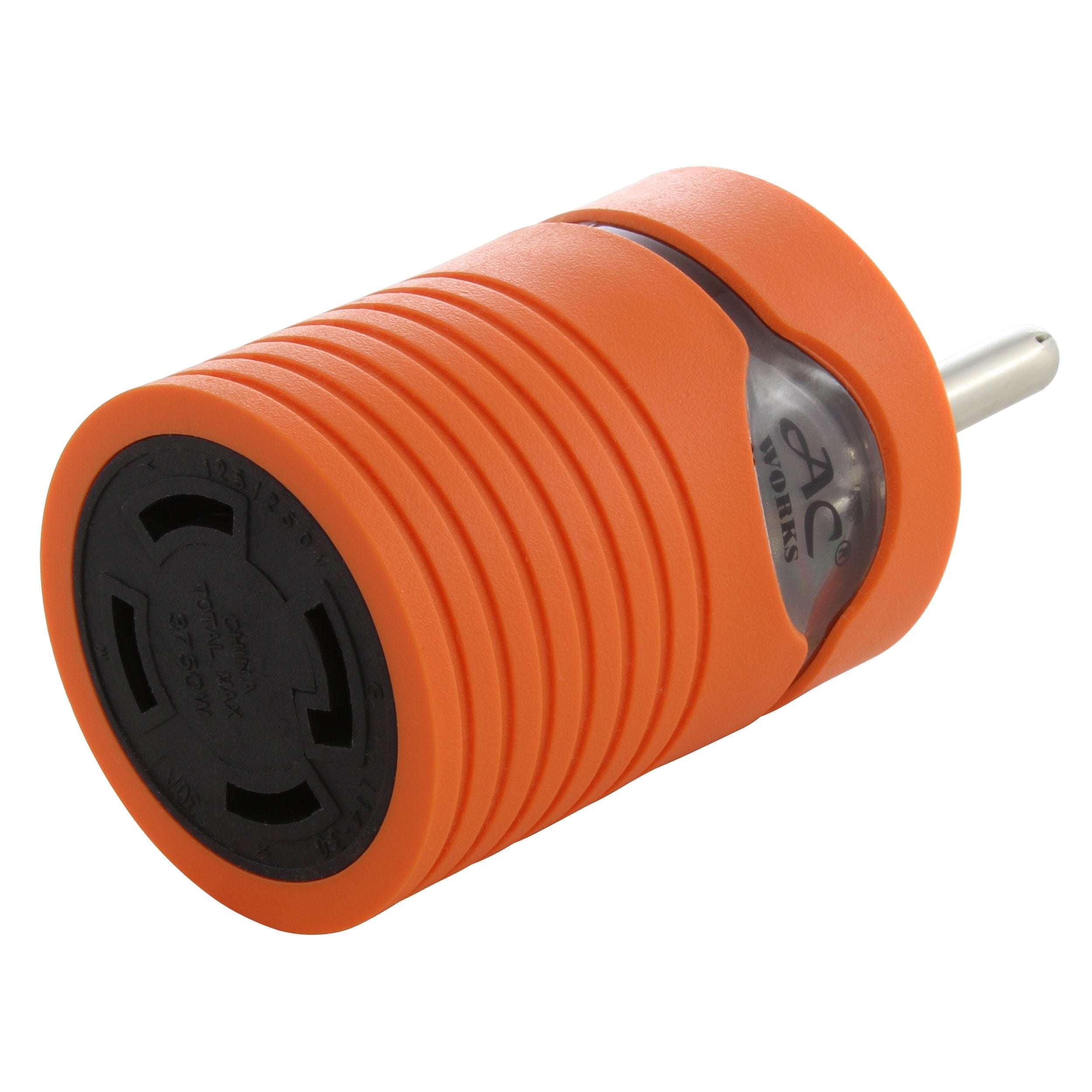
![AC WORKS® [S1430CBF520] 1.5FT 14-30P 4-Prong Dryer Plug to (4) Household Outlets with 24A Breaker](http://acworks.com/cdn/shop/products/S1430CBF520.jpg?v=1666103519&width=4656)
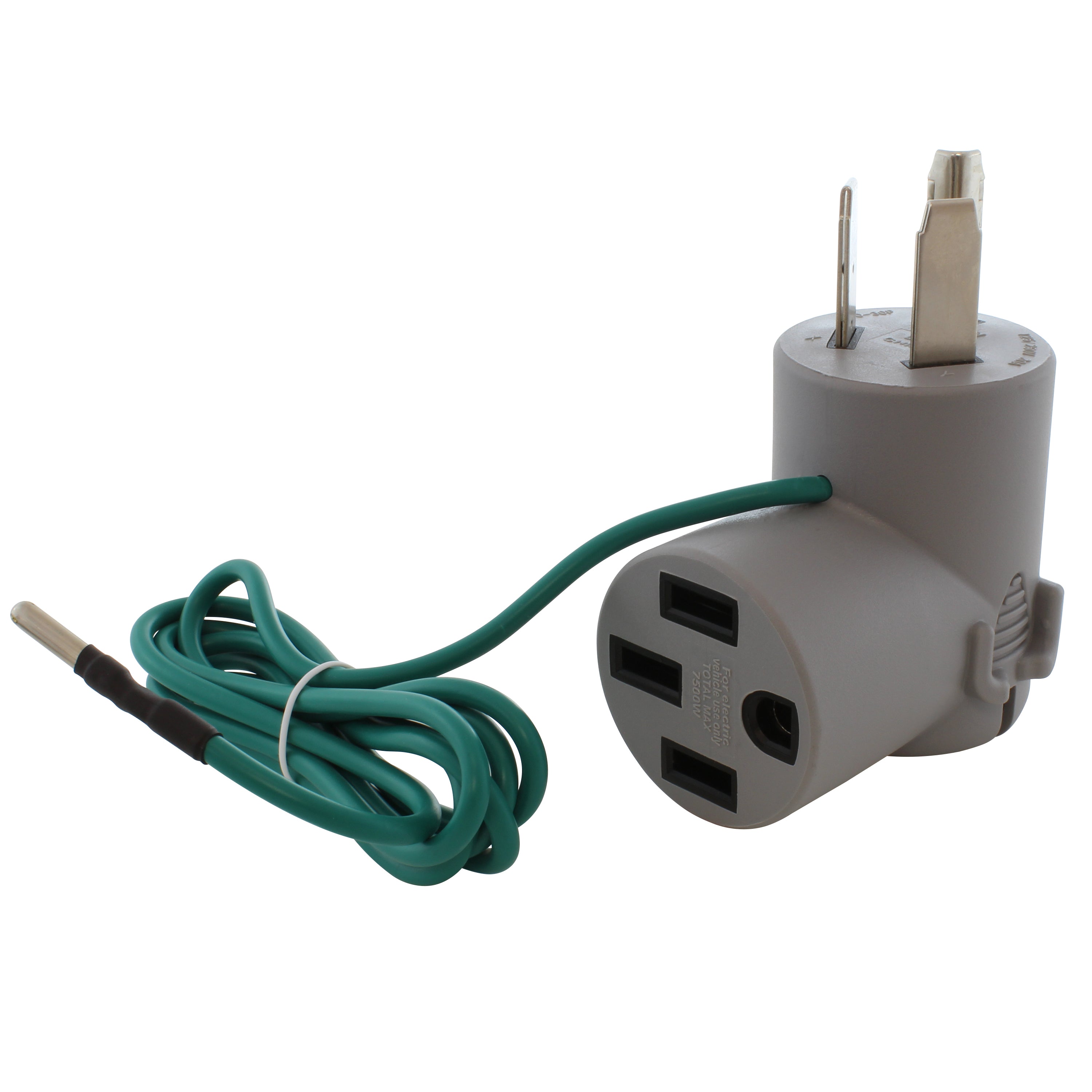
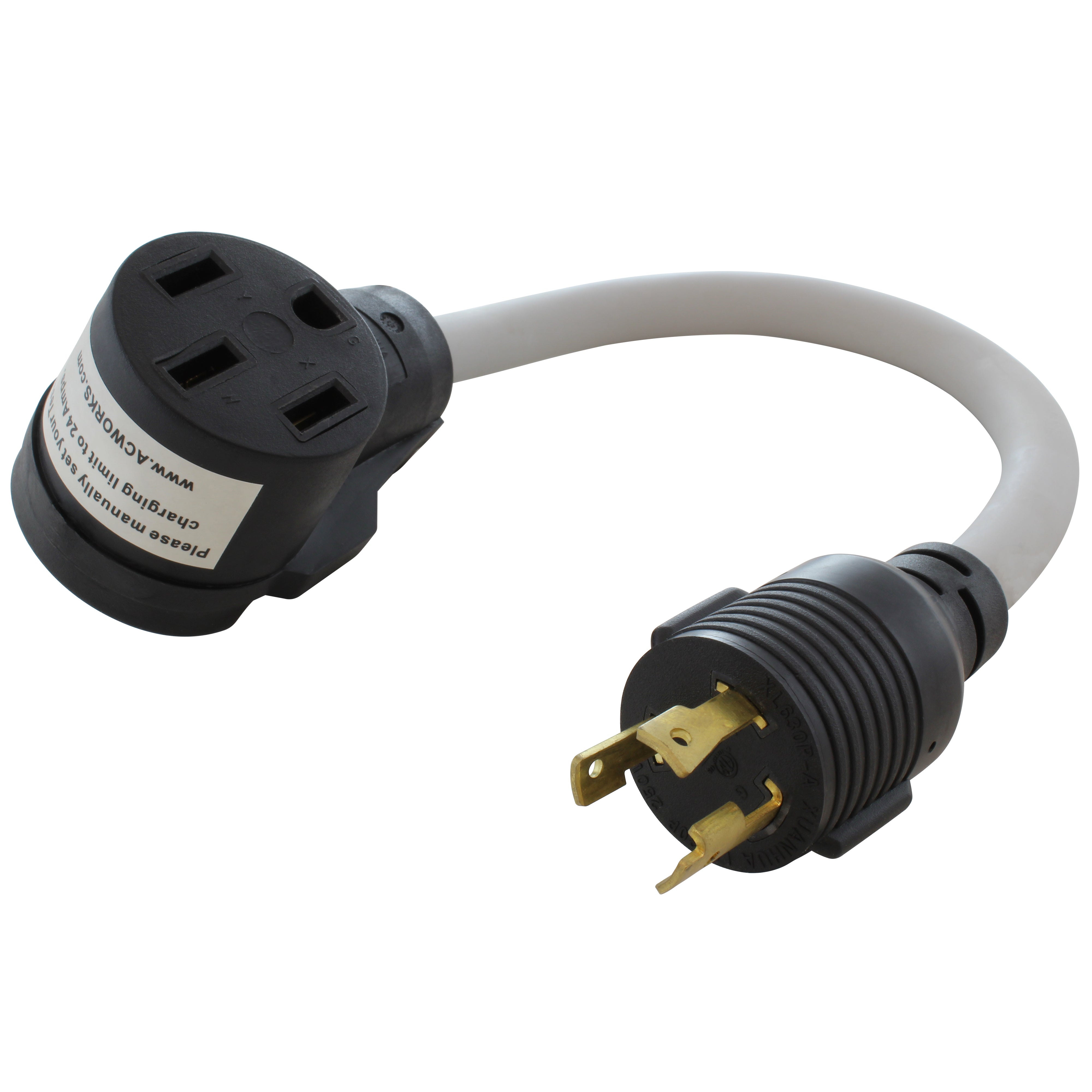
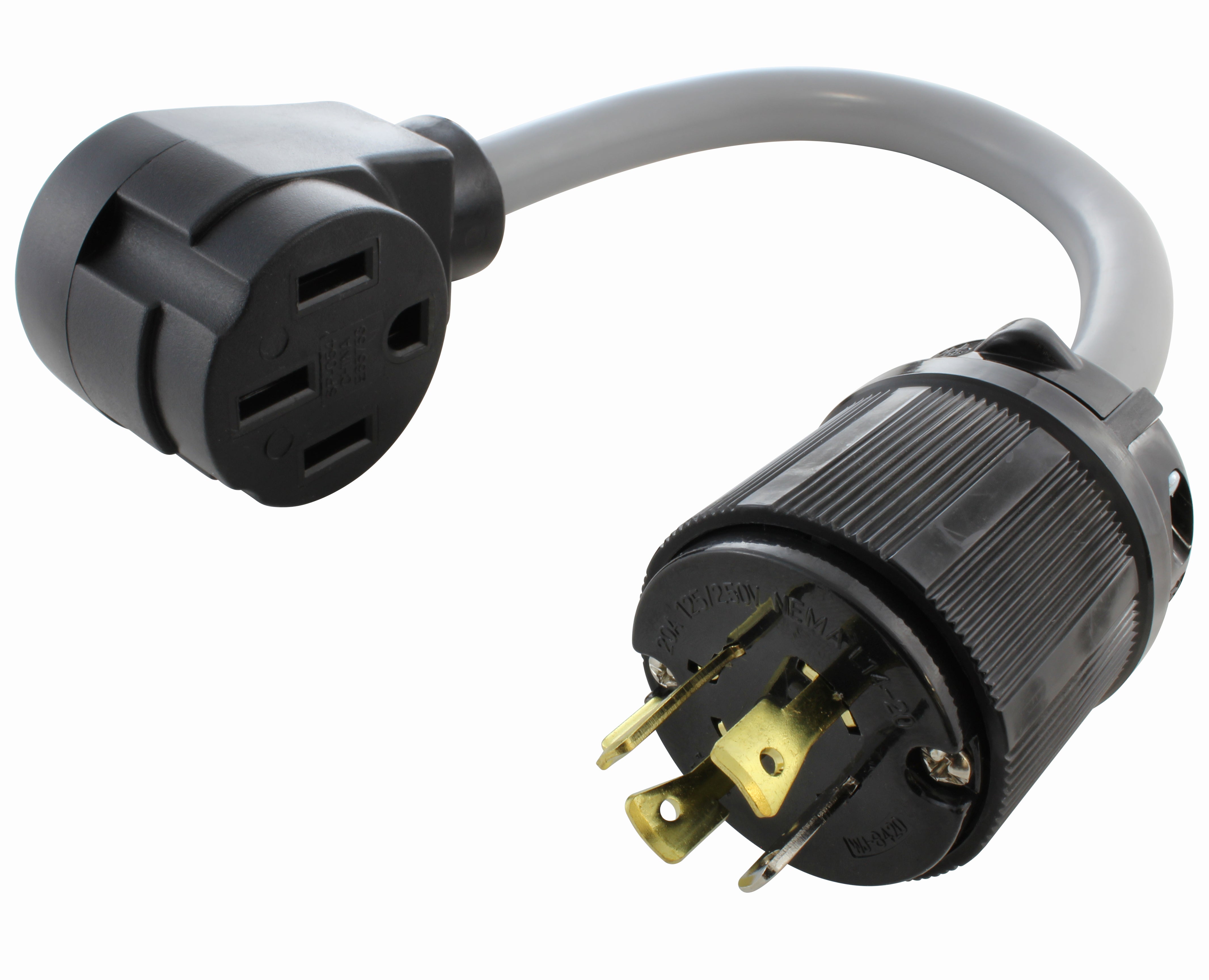
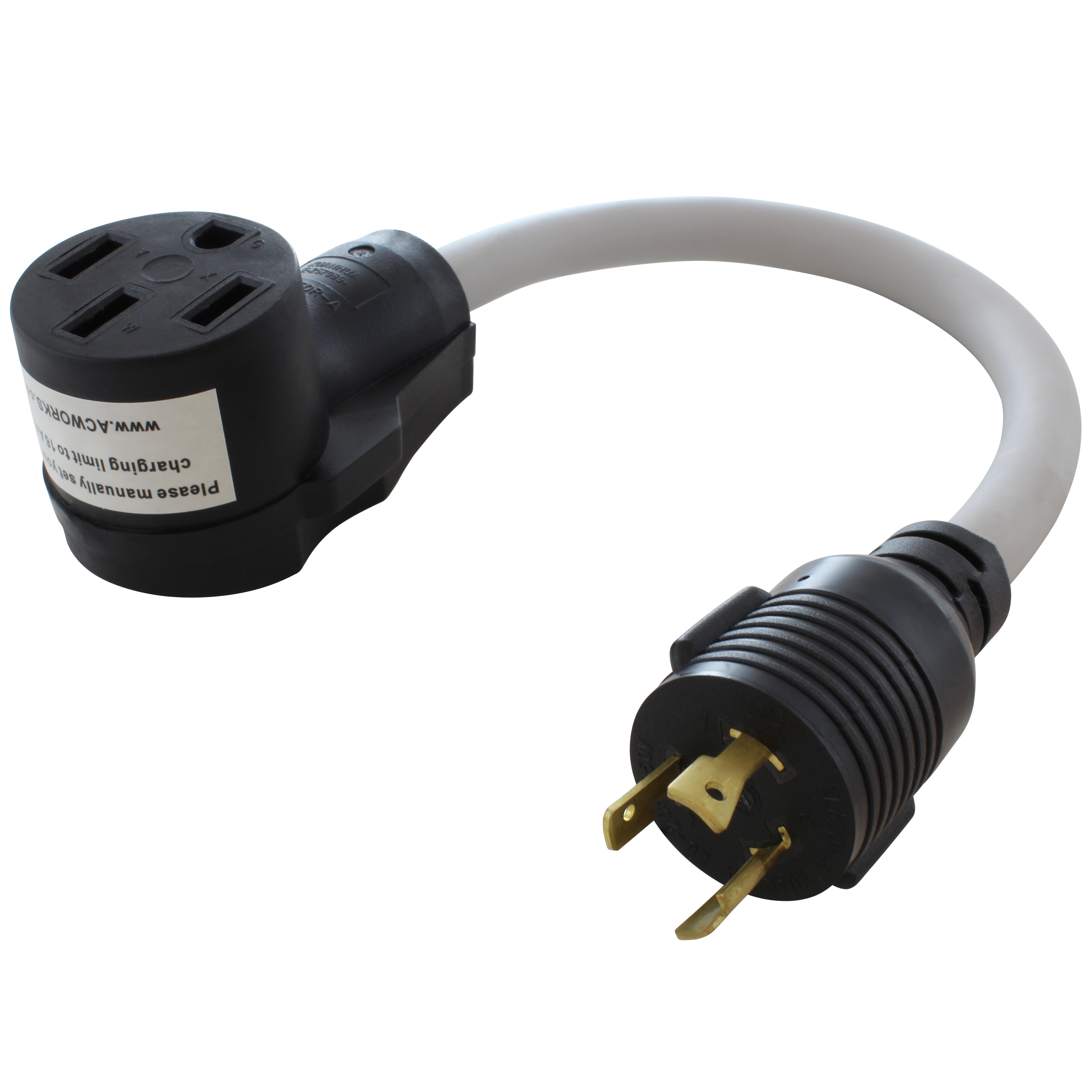
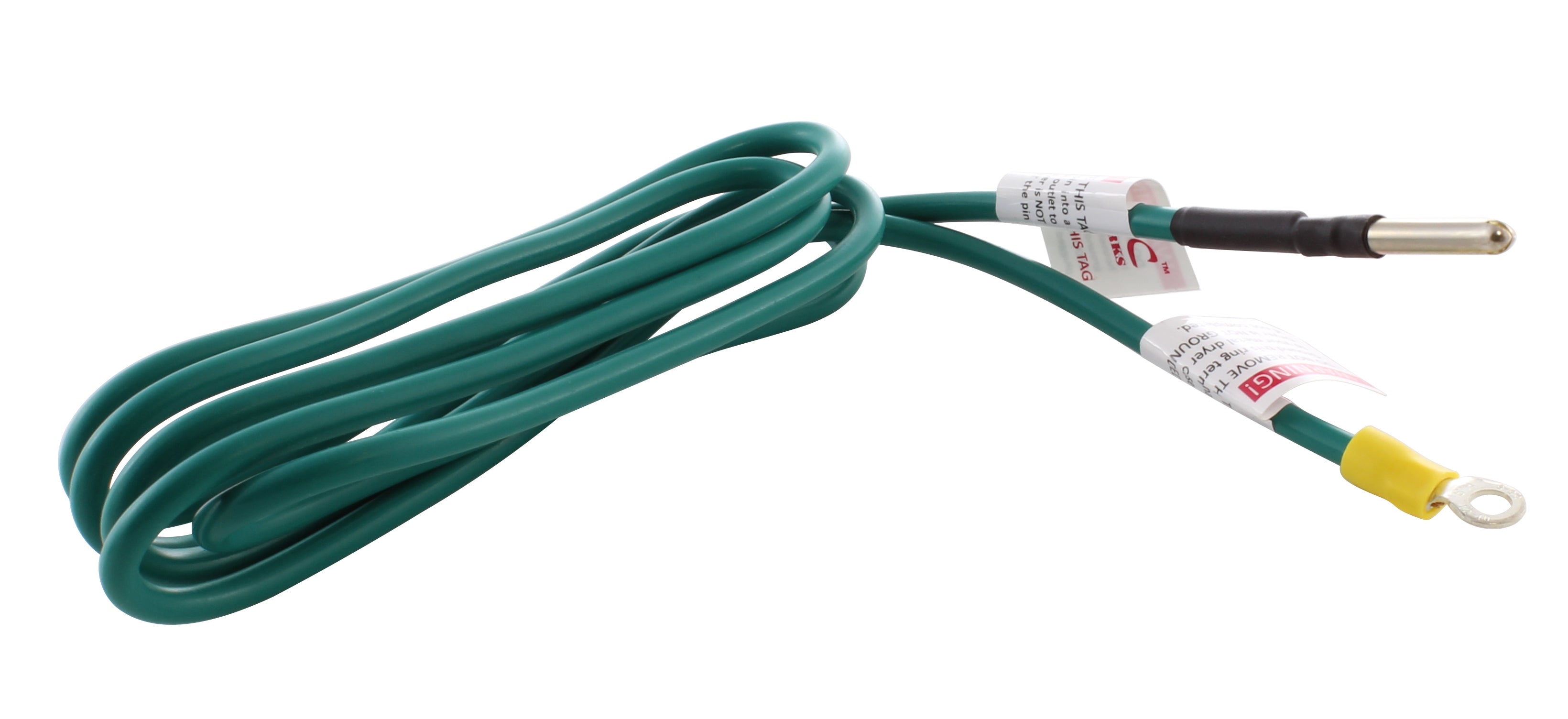
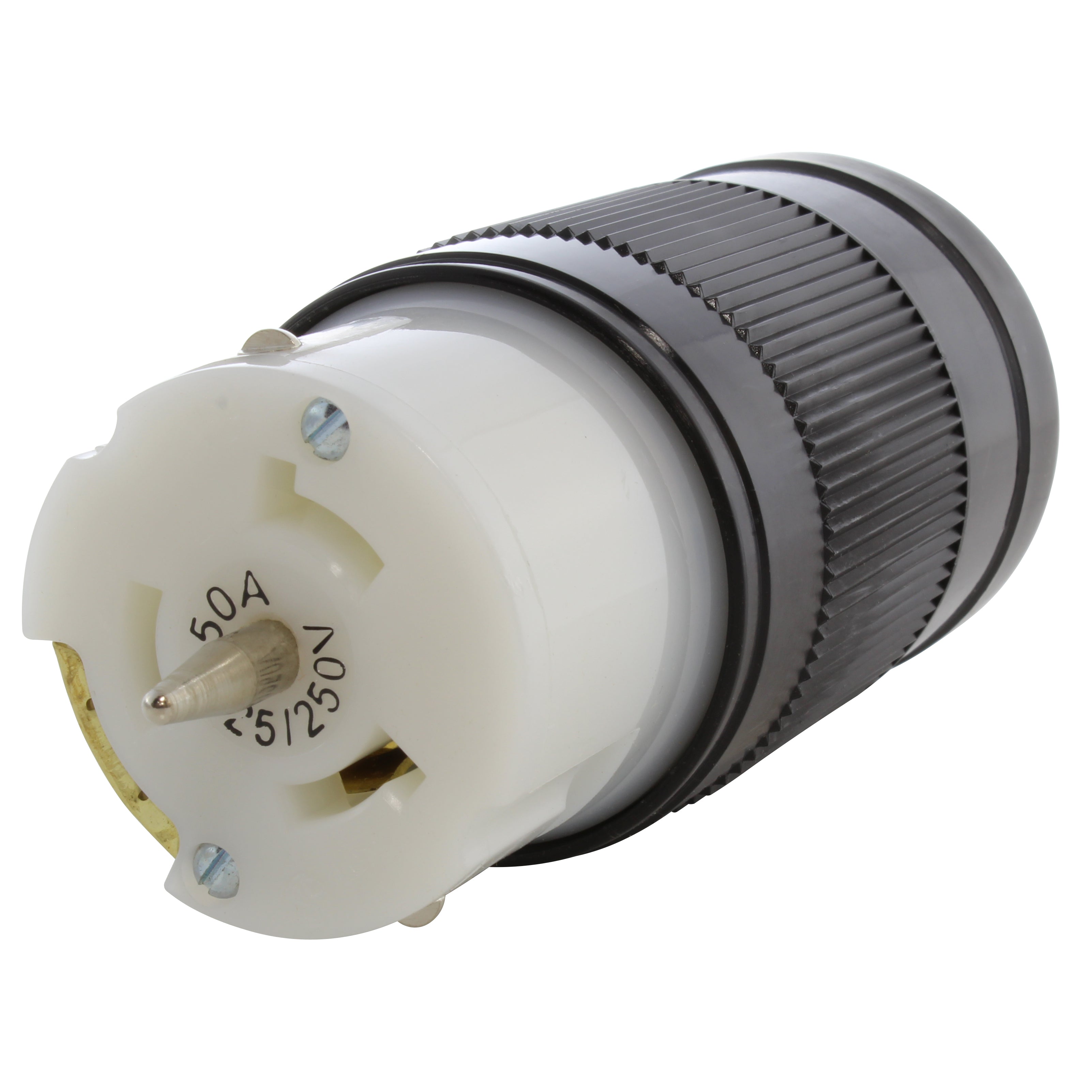
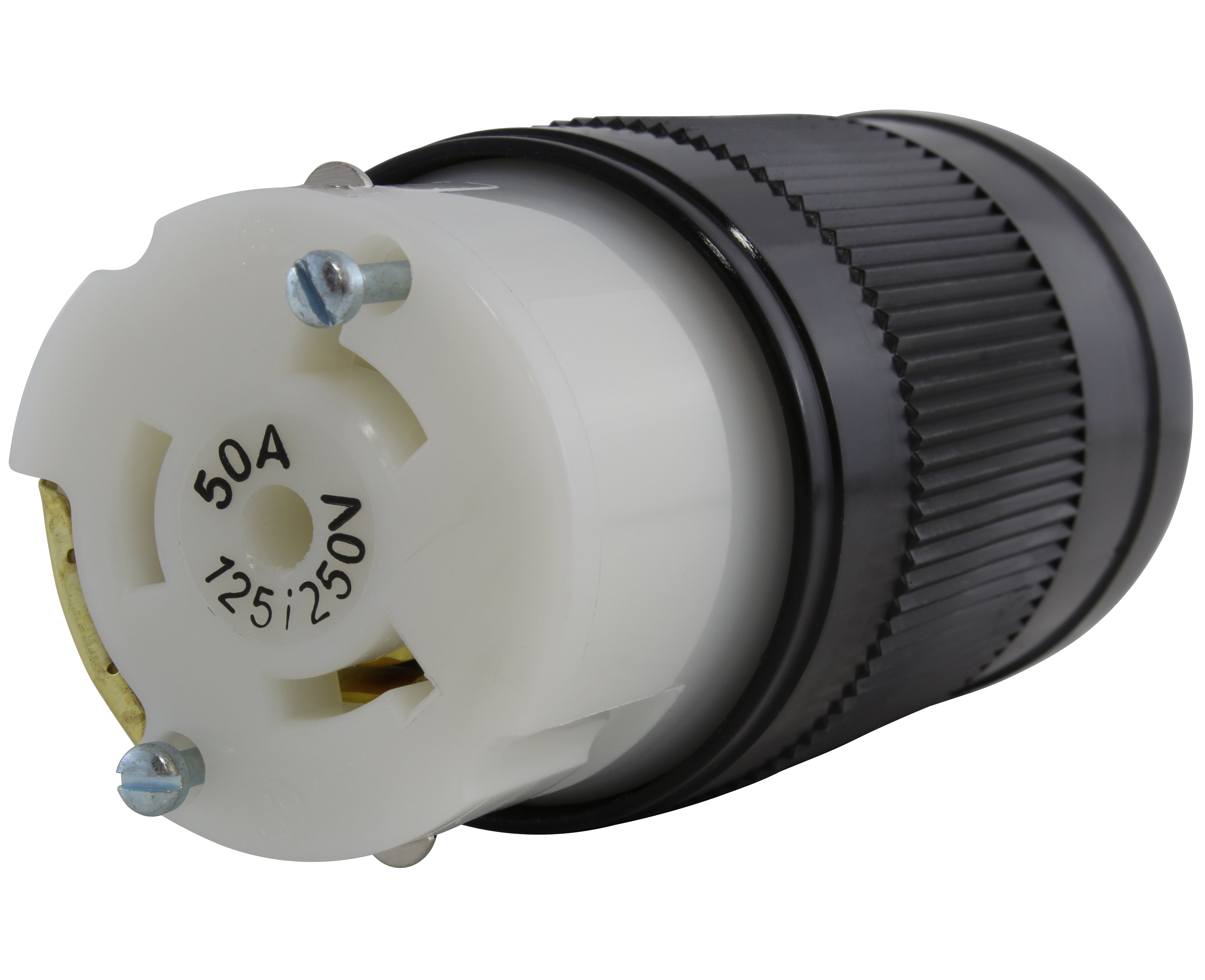
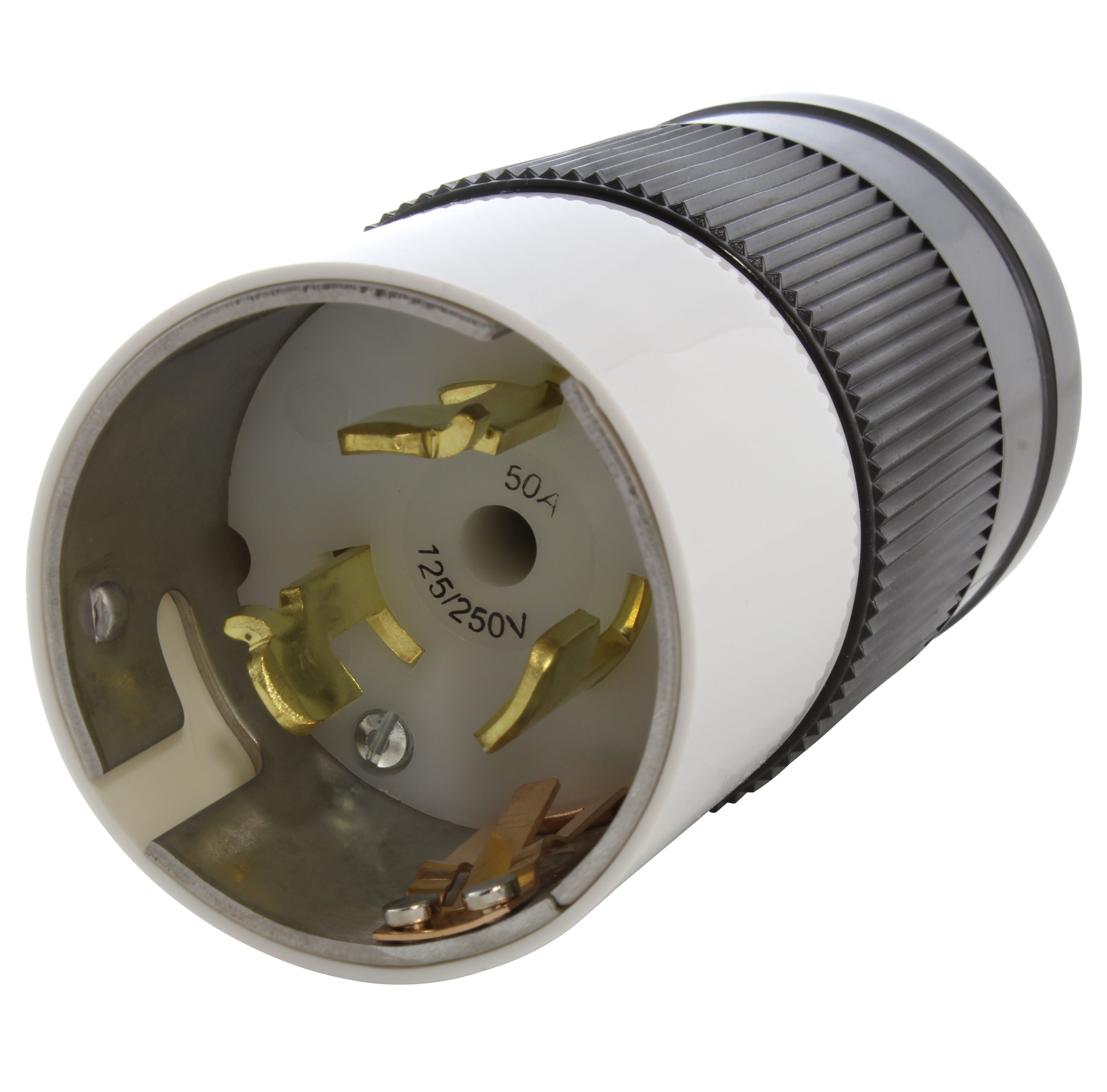
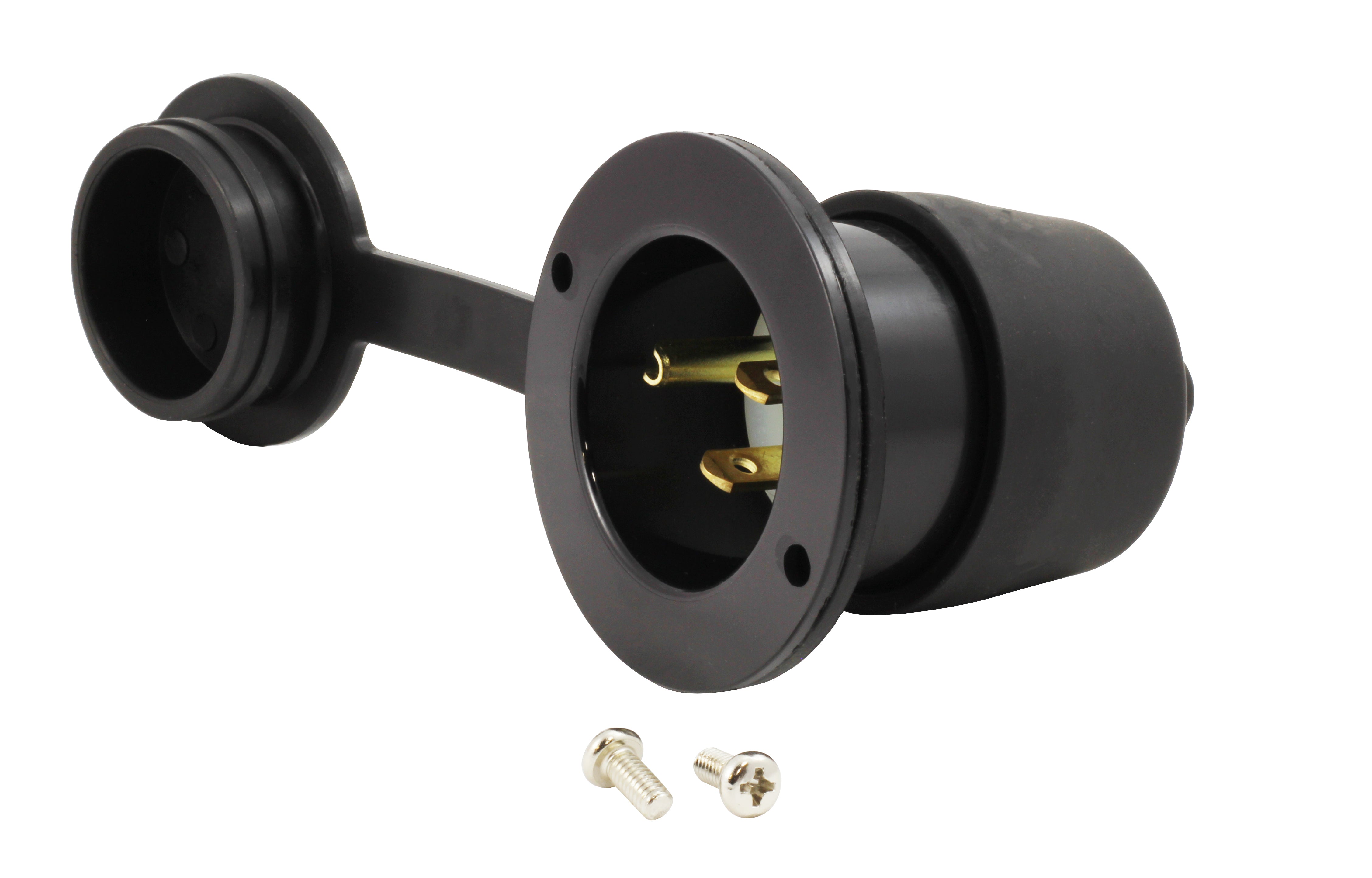
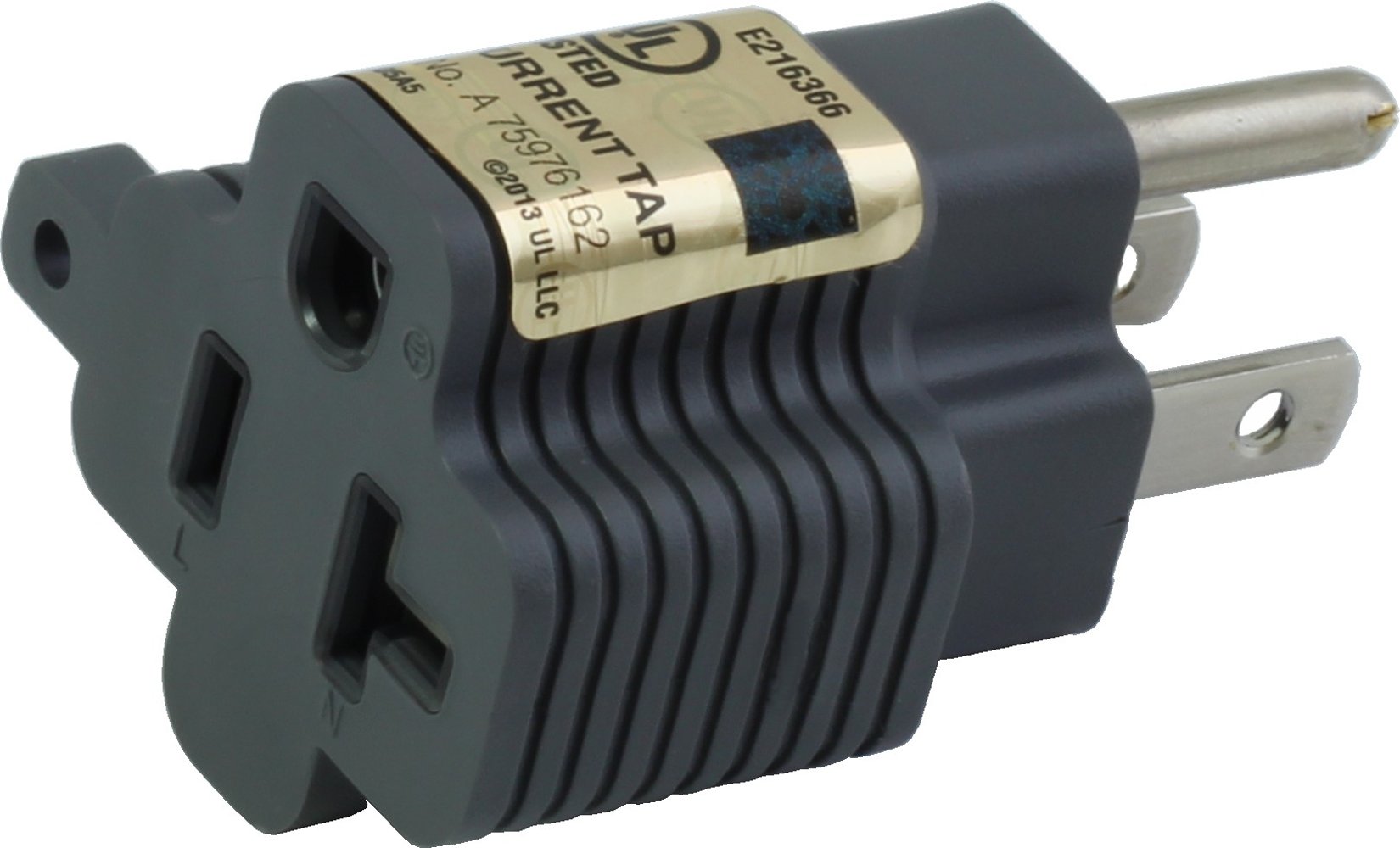
![AC WORKS® [ADV104] 3-Prong Heavy-Duty V-DUO Household Outlet Adapter](http://acworks.com/cdn/shop/products/ADV104-0.jpg?v=1605738768&width=3128)
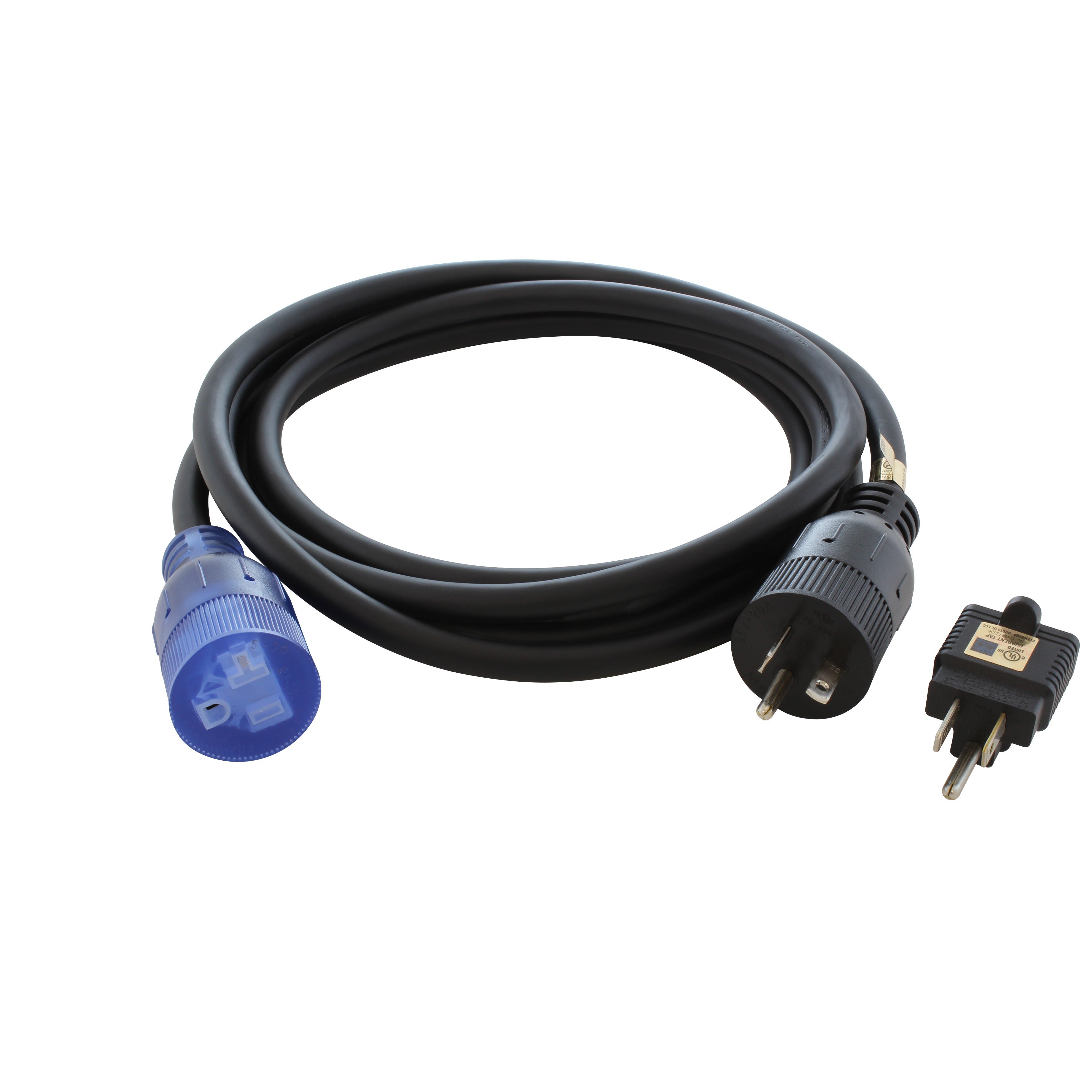
![AC WORKS® [XH515520] 15A to 15/20A 125 Volt Plug Adapter with ETL Safety Approval](http://acworks.com/cdn/shop/files/XH515520-0_daea425a-f439-48df-bb75-052167057f12.jpg?v=1729091519&width=2500)
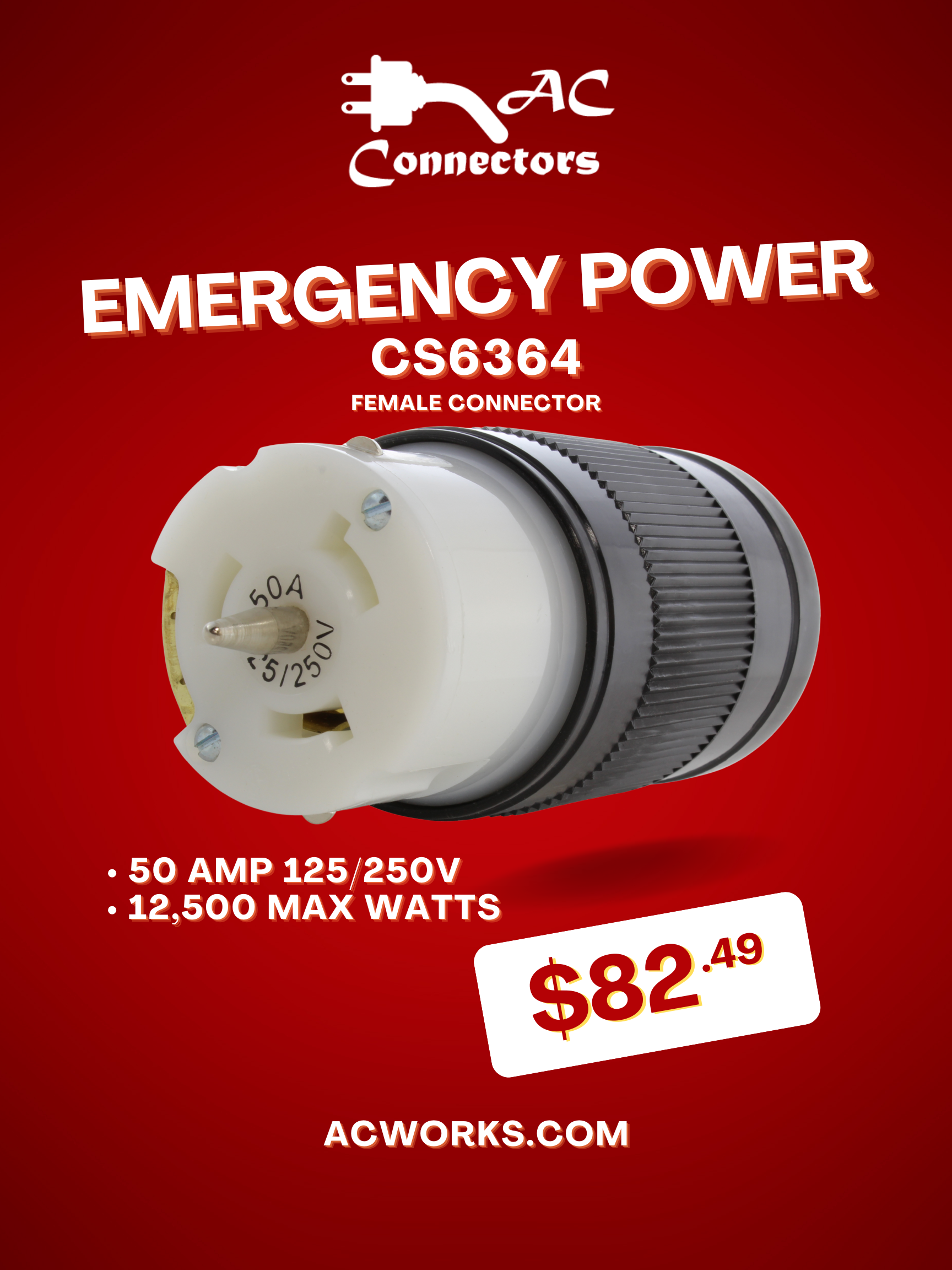
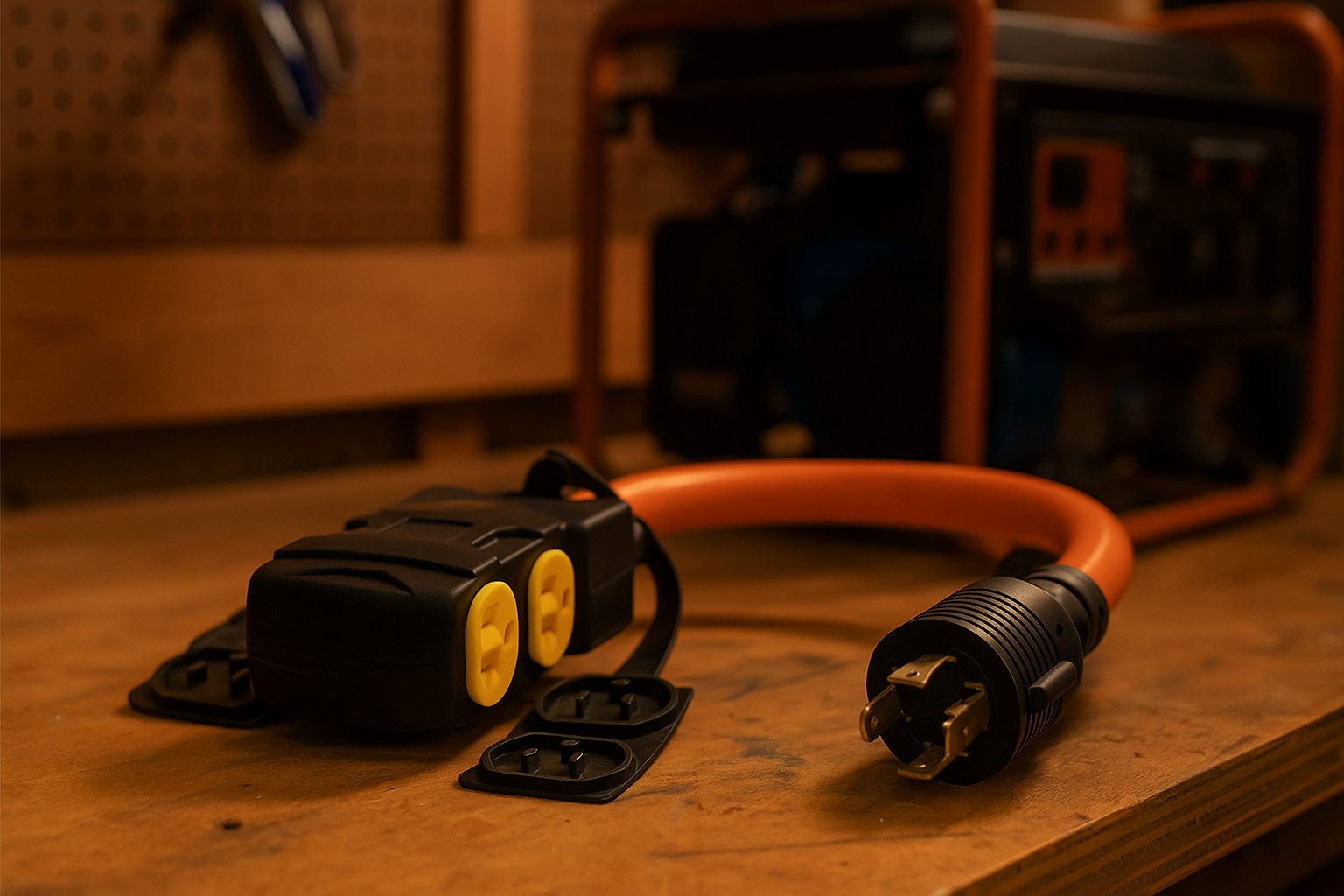
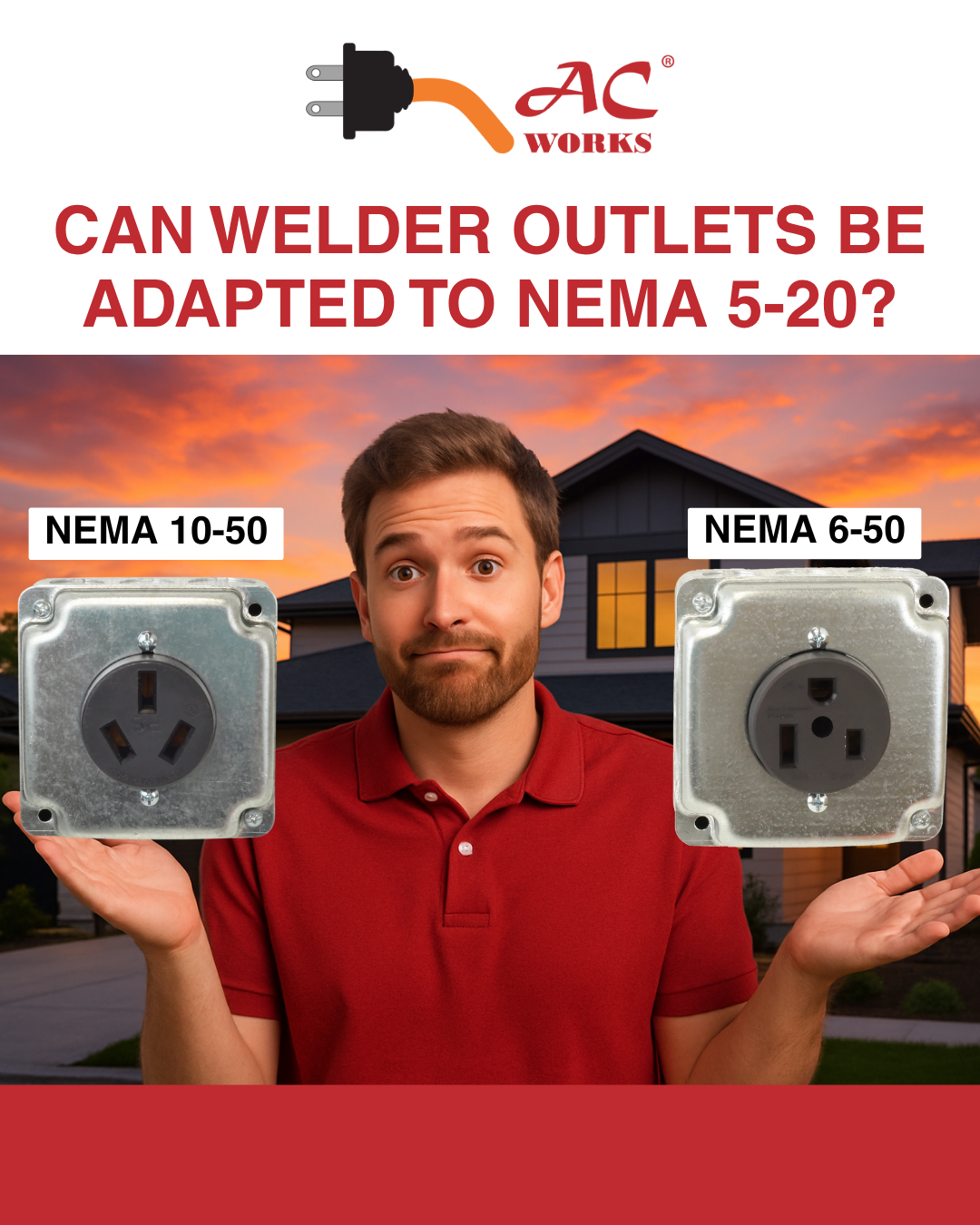
Share:
ACWORKS has Fast Shipping - Orders Out the Door in 8-24 Hours!
The Story of AC WORKS®: From a Garage Start-Up to Powering North America